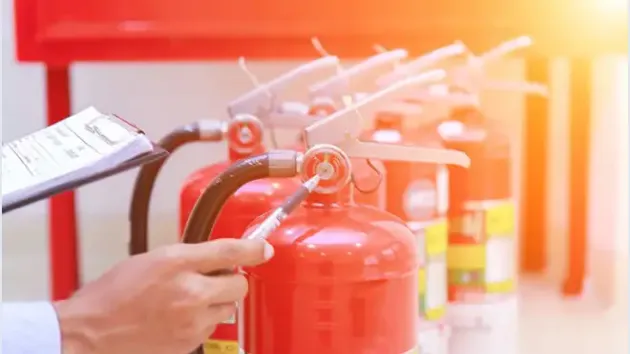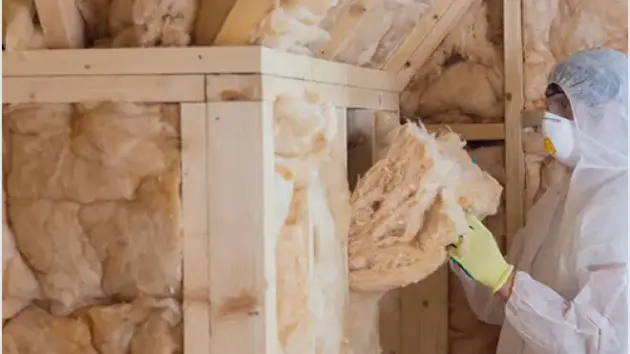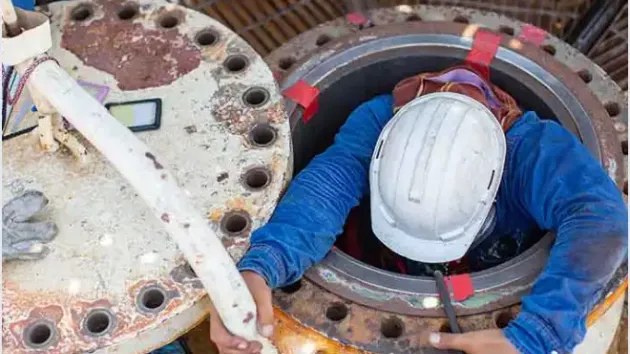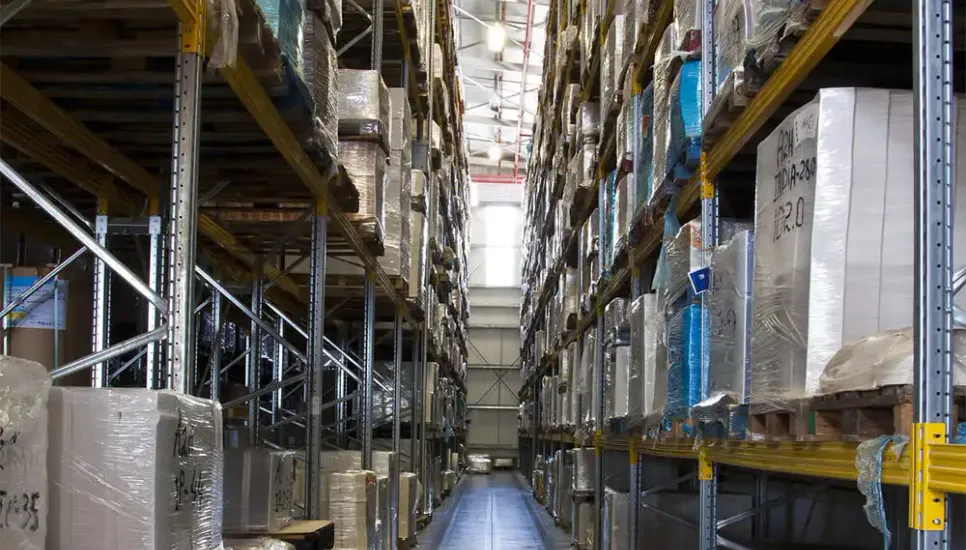Introduction
Even as most aspects of our lives become digitalized, we continue to rely on paper for packaging, labeling, advertising, and other similar purposes. The paper production sector thus remains a significant employer for hundreds of thousands of people around the world. To avoid the risks commonly associated with this profession, all paper production workers should have access to rigorous training.Potential Hazards
The most common hazards that may occur in paper production include:
- Exposure to Asbestos and Hazardous Chemicals. Paper mills built in the late 20th century – some of which continue to be used to this day – can expose workers to airborne asbestos fibers and eventually cause serious respiratory illnesses. During the construction of these mills, asbestos was used in the insulation of walls, boilers, and piping, as well as in some of the equipment, such as in drying machines. Especially due to the fact that the buildings are, at this point, fairly old, workers are routinely exposed to asbestos and may inhale dangerous fibers on a daily basis. Other hazardous chemicals employed in modern paper production include chlorine, chlorine dioxide, sulfur compounds, and sulfuric acid.
- Machine-Related Accidents. Machines are an indispensable tool in the manufacturing of paper, but they can cause serious injuries and even prove fatal if they are not properly maintained and handled. Pinch points, for example, are usually found between moving machine parts and a body part or entire person that becomes trapped by accident. Nips are especially hazardous for fingers and hands because materials are usually fed into the process in their proximity. Sharp and hot surfaces are equally dangerous, while rigorous lockout/tagout strategies must be implemented by competent personnel in order to avoid electricity-related injuries.
- Working in Confined Spaces. Dryer cans, pulp storage chests, pulper vats, as well as stock and water tanks are all confined spaces that workers may be required to enter for the purpose of maintenance. An improper atmosphere that is either lacking in oxygen or contaminated with dangerous gases is the primary risk associated with working in these enclosed areas. The latter can provoke confusion, lightheadedness, and even loss of consciousness, which can result in serious injuries when a competent supervisor is not present.
- Fires. In paper facilities, the risk of a fire outbreak is increased by dust buildups, as well as the presence of flammable mill broke and litter. Sparks from static electricity, un-insulated steam, and heated surfaces can ignite these materials if they are not immediately contained. Given the fact that paper is also easily burned, a fire outbreak can lead to injuries among workers in addition to great financial loss.
Incident Prevention
The proper maintenance of machines and equipment is one of the most important preventive measures that paper companies can take to avoid accidents. Due to the fact that dust buildups can be harmful to employees, as well as increase the risk of fire outbreaks, diligent housekeeping should also be a priority in every paper facility.
Furthermore, all paper production workers must be trained to recognize and avoid the dangers associated with their work environment. For example, employees may not be aware of the risk of asbestos contamination and, as such, cannot protect themselves from long-term respiratory issues. The same holds true for other hazardous chemicals that are indispensable in paper production, as well as the dangers of entering a confined space.
Most machine-related accidents and fire outbreaks can be avoided if the equipment is properly maintained and safety checks are performed at regular intervals. Employees should also be aware that appropriate clothing and personal protective equipment can minimize the risk of injury and even preserve their lives during such emergencies.
Recommended Safety Courses



What You Can Do to Stay Safe
As a paper production worker, your first step towards incident prevention should be rigorous training. Across all Canadian jurisdictions, paper businesses are required by law to provide access to all the necessary safety courses for all employees.
For a complete list of training programs designed to help you maintain your safety at work, please consult our Automotive and Manufacturing industry page.



